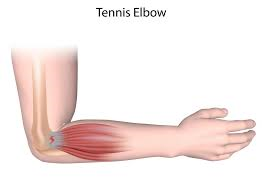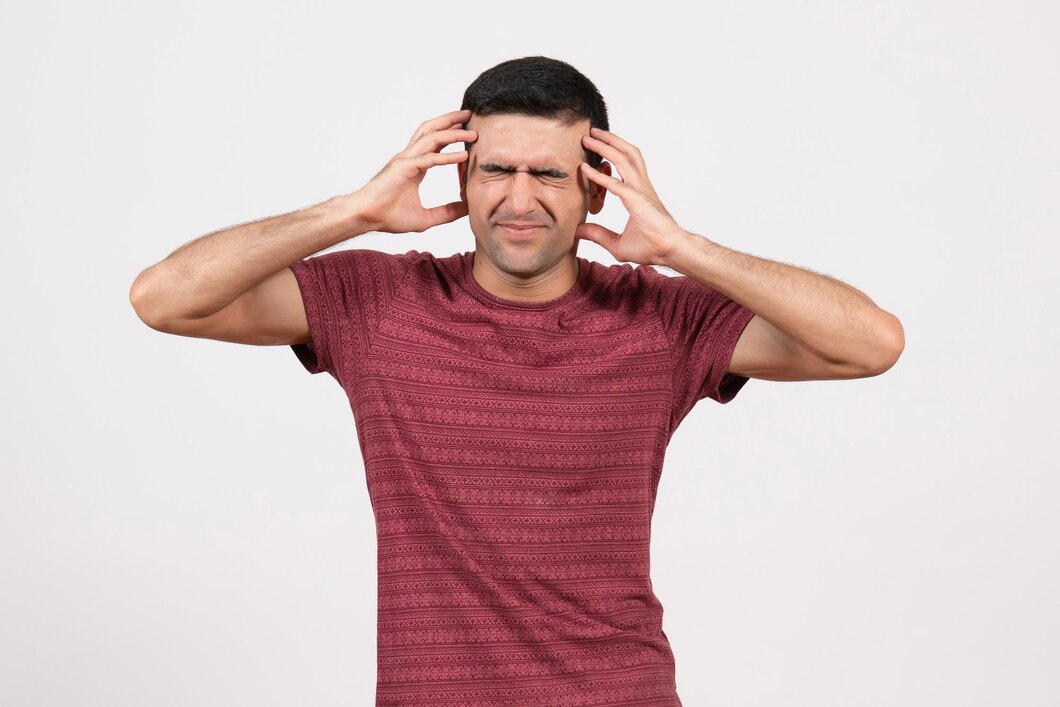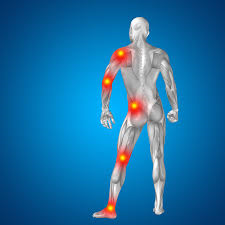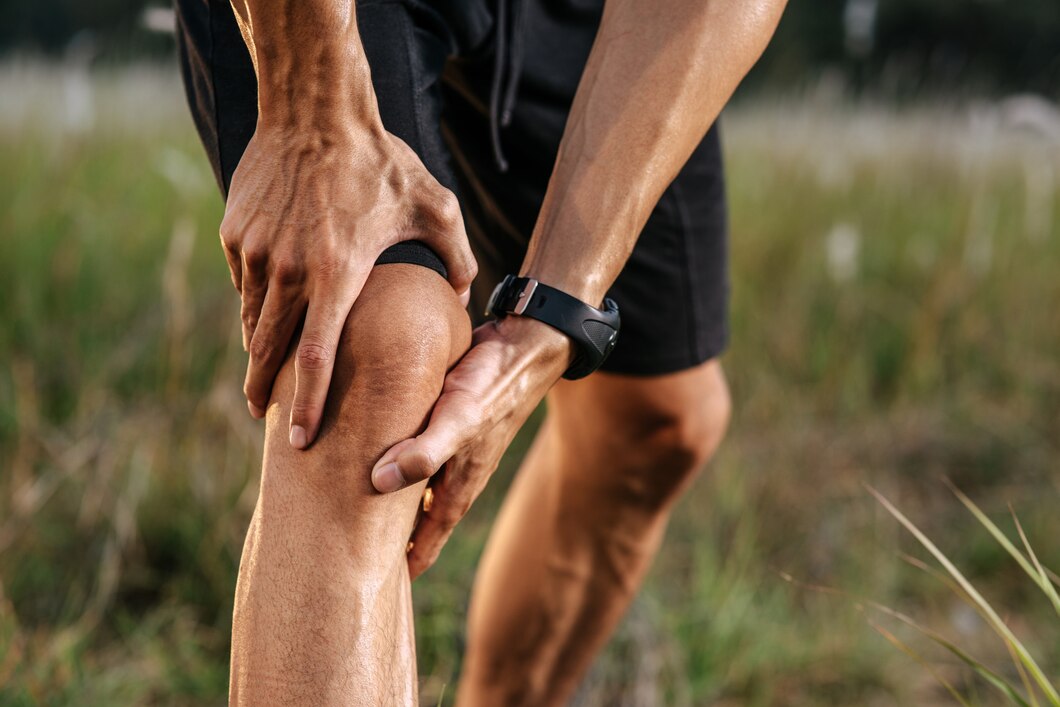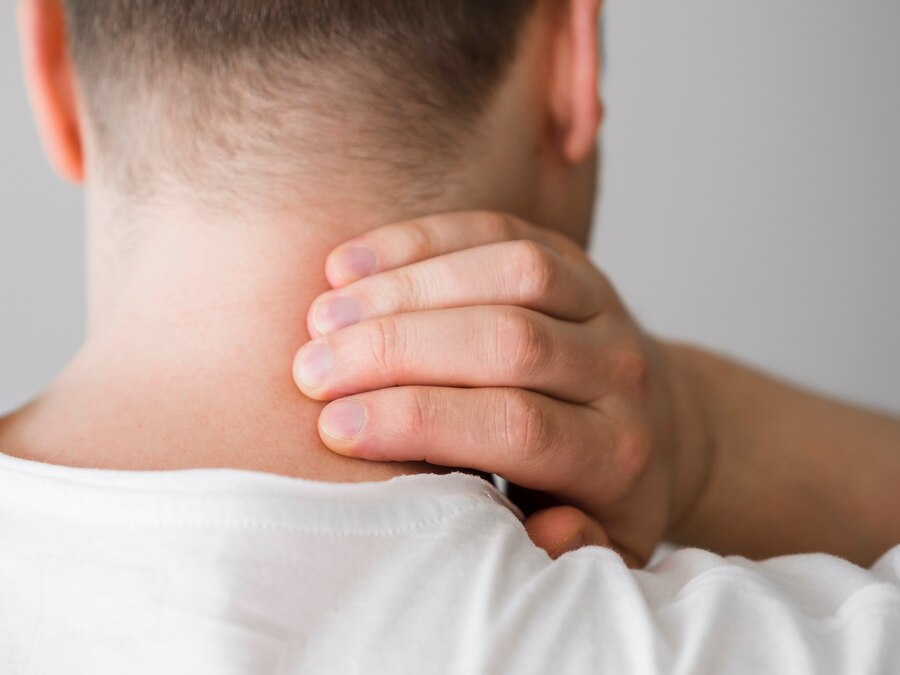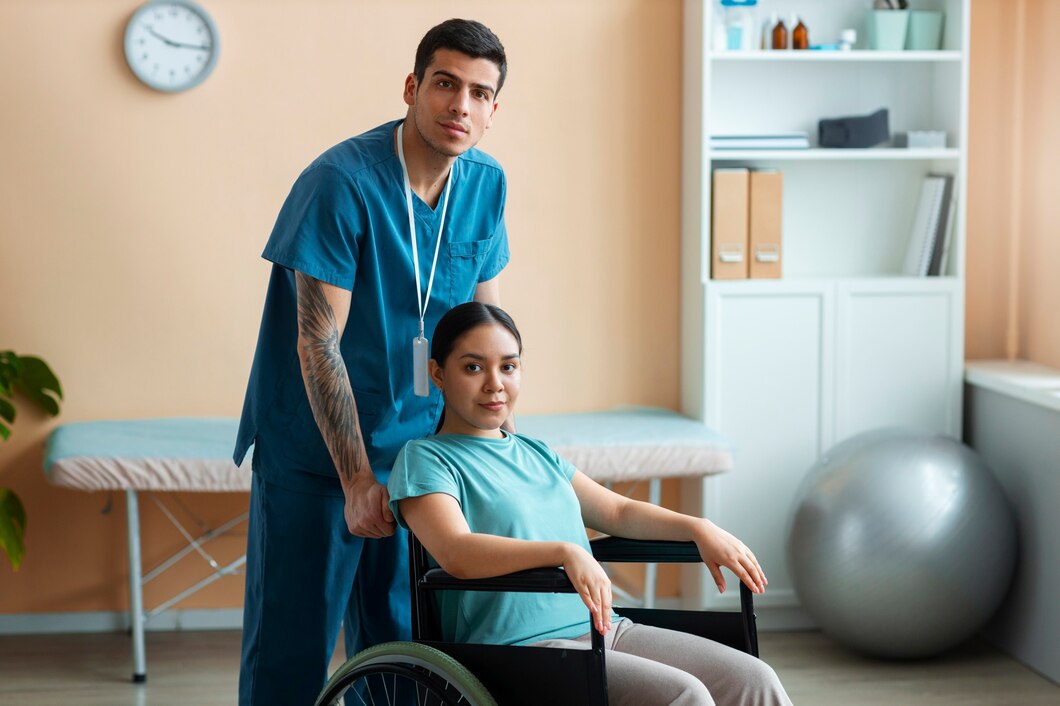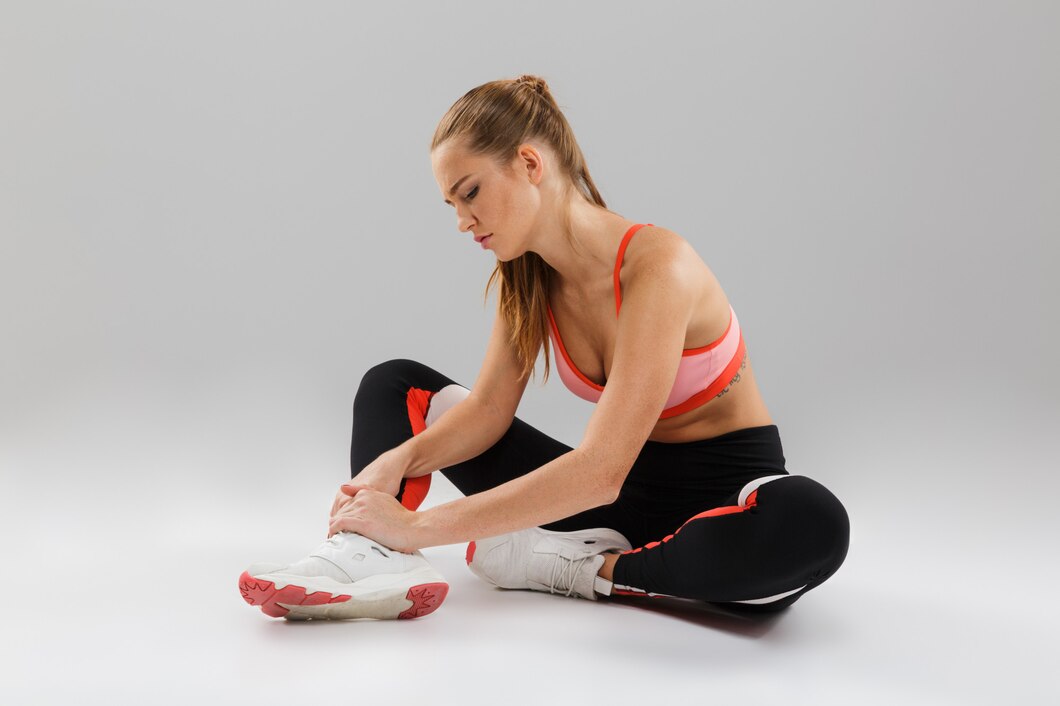BODY CARE PHYSIOTHERAPY AJAX – TOP PAIN & INJURY TREATMENT CENTER
SHOULDER PAIN – AJAX
What Are Strains and Sprains?
Strains & Sprains Therapy at Body Care Physiotherapy Ajax

Strains and sprains are common injuries that affect the muscles and ligaments, respectively. They can occur due to sudden movements, overuse, or accidents. Understanding these injuries is crucial for effective treatment and prevention.
Strains
A strain occurs when a muscle or tendon is stretched or torn. Tendons are the thick, fibrous cords that attach muscles to bones. Strains can be categorized based on their severity:
- Mild (Grade I) Strain: Involves minor damage to muscle fibers or tendons.
- Moderate (Grade II) Strain: Involves partial tearing of muscle fibers or tendons.
- Severe (Grade III) Strain: Involves a complete tear or rupture of the muscle or tendon.
Common areas for strains include the lower back, hamstrings, and shoulders.
Sprains
A sprain occurs when a ligament (the tissue that connects bones at a joint) is stretched or torn. Ligament injuries are categorized as:
- Mild (Grade I) Sprain: Slight stretching or microscopic tearing of the ligament.
- Moderate (Grade II) Sprain: Partial tearing of the ligament.
- Severe (Grade III) Sprain: Complete tear or rupture of the ligament.
Sprains commonly affect the ankles, knees, and wrists.
Symptoms
The symptoms of strains and sprains can vary based on the severity of the injury but generally include:
- Pain: Localized pain at the site of the injury.
- Swelling: Swelling may occur around the affected area.
- Bruising: Discoloration of the skin due to bleeding under the skin.
- Limited Range of Motion: Difficulty moving the affected muscle or joint.
- Muscle Spasms: In the case of strains, muscle spasms may occur.
Causes and Risk Factors
Strains and sprains can result from various factors, including:
- Acute Injury: Sudden accidents, such as a fall or collision.
- Overuse: Repetitive stress on muscles or ligaments from sports or physical activities.
- Poor Technique: Incorrect form during exercise or lifting heavy objects.
- Inadequate Warm-Up: Not preparing your muscles for physical activity.
- Lack of Flexibility: Tight muscles or ligaments that are more prone to injury.
Diagnosis
A thorough evaluation by a healthcare professional is essential to accurately diagnose strains and sprains. Diagnosis typically involves:
- Medical History: Discussing the injury, symptoms, and any recent activities.
- Physical Examination: Assessing pain, swelling, and range of motion.
- Imaging Tests: X-rays or MRIs may be used to rule out fractures or severe ligament damage.
Treatment and Rehabilitation
At Body Care Physio & Rehab, we offer a comprehensive approach to treating strains and sprains, focusing on relieving pain, promoting healing, and restoring function. Our treatment plan may include:
Immediate Care
- Rest: Avoiding activities that aggravate the injury.
- Ice: Applying ice to reduce swelling and numb pain.
- Compression: Using an elastic bandage to reduce swelling.
- Elevation: Keeping the injured area elevated to minimize swelling.
Physiotherapy
- Manual Therapy: Techniques to relieve pain and improve joint and muscle function.
- Exercise Therapy: Tailored exercises to restore strength, flexibility, and range of motion.
- Education: Guidance on proper techniques and injury prevention strategies.
Advanced Treatments
- Ultrasound Therapy: Using sound waves to promote tissue healing.
- Dry Needling: Targeting muscle knots to alleviate pain and improve function.
- Electrotherapy: Utilizing electrical currents to reduce pain and stimulate muscle activity.
Prevention Tips
Preventing strains and sprains involves a combination of strategies to reduce the risk of injury:
- Warm-Up: Always perform a proper warm-up before physical activities.
- Strengthen Muscles: Regular strength training to support and protect muscles and joints.
- Improve Flexibility: Incorporate stretching exercises into your routine.
- Use Proper Technique: Follow correct techniques during exercise and lifting.
- Wear Proper Gear: Use appropriate footwear and protective equipment for sports.
When to See a Physiotherapist
If you experience persistent pain, swelling, or difficulty moving the affected area, it is important to seek professional help. Our team at Body Care Physio & Rehab is here to provide expert care and personalized rehabilitation plans to help you recover and return to your daily activities as quickly and safely as possible.
___________________________________________________________
Experience the Best Physiotherapy Ajax offers!
Comprehensive Care for Your Recovery & Wellness – Physiotherapy Ajax
At Body Care Physiotherapy Ajax, we prioritize patient care, offering state-of-the-art treatments and a compassionate approach to recovery. Whether you’re dealing with an injury, chronic pain, or mobility issues, our expert team is here to help.
Book Your Appointment Today!
Take the first step toward a healthier, pain-free life. Contact Body Care Physiotherapy Ajax to schedule your consultation and experience the transformative benefits of physiotherapy!
At Body Care Physiotherapy Ajax we go beyond traditional care to provide expert physiotherapy, chiropractic care, osteopathy, and specialized treatments for your recovery. Whether you’re dealing with back pain, joint pain, headaches, or post-op rehab, our multidisciplinary team is here to help.
We offer advanced therapies like acupuncture, shockwave therapy, Bioflex laser therapy, cupping therapy, and vestibular therapy to accelerate healing and restore function. Our massage therapy, balance training, and kinesio taping methods provide hands-on relief and improved mobility.
For additional support, we provide custom orthotics, braces, and compression stockings to aid long-term recovery and injury prevention. If you’re recovering from a motor vehicle accident (MVA therapy) or workplace injury (WSIB), our tailored rehabilitation plans ensure the best possible outcomes.
Your health and well-being are our priority—experience personalized, effective care with Body Care Physiotherapy Ajax today.









